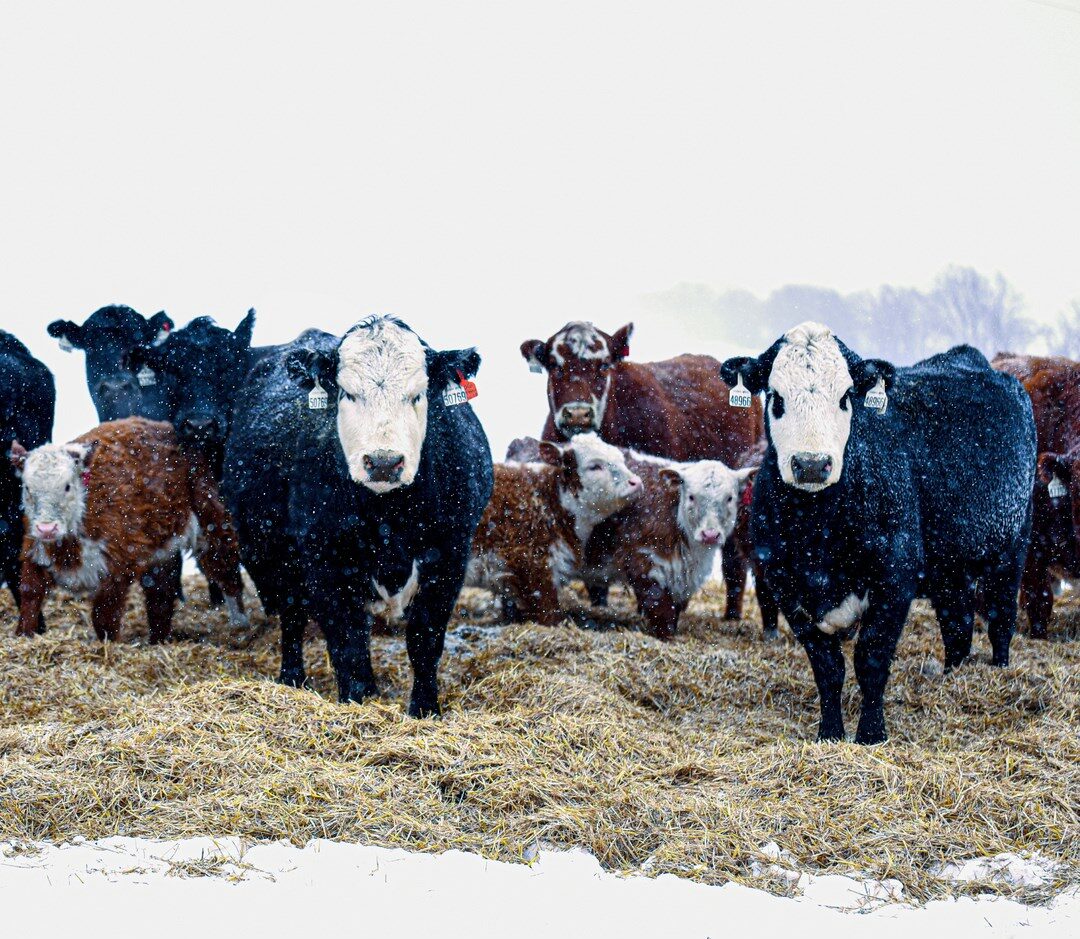Tips for Winterizing Your Livestock Facilities
 Winter can be a challenging time for us livestock owners, especially if our facilities are not properly prepared for harsh winter weather conditions. In order to protect your animals from the cold, wind, and snow, it’s important to take steps to winterize your barns, sheds, and other structures. Here are some tips on how to winterize your livestock facilities and keep your animals safe and comfortable during the colder months.
Winter can be a challenging time for us livestock owners, especially if our facilities are not properly prepared for harsh winter weather conditions. In order to protect your animals from the cold, wind, and snow, it’s important to take steps to winterize your barns, sheds, and other structures. Here are some tips on how to winterize your livestock facilities and keep your animals safe and comfortable during the colder months.
Inspect Your Structures
The first step to preparing your livestock facility for winter is to conduct a thorough inspection. Look for any cracks or holes in the walls, roof, or foundation that could allow cold air to enter. Make sure that doors and windows are properly sealed and that they close tightly. If you find any openings, seal them with caulking, foam insulation, or weatherstripping to prevent cold drafts.
Ensure Proper Ventilation
While it’s important to keep your animals warm during the colder months, it’s equally important to provide proper ventilation to prevent the buildup of harmful gasses like ammonia. Proper ventilation can also help to regulate humidity levels, which can be particularly high in enclosed spaces in winter. Inspect your ventilation system and make sure all vents and fans are functioning properly.
Check Your Fences
Snow and icy conditions can do significant damage to fences, making it easy for animals to escape or for predators to enter. Before winter sets in, carefully inspect your fences for any damage or wear and tear. Repair any loose boards, tighten any loose wires, and replace any parts that are broken or missing. Walk the perimeter of your property and check for any gaps or holes that could compromise the safety of your animals.
Keep Hay and Feed Dry
Moisture is a common problem in winter, and it can cause serious damage to livestock feed and hay. A wet feed can easily grow mold, which can be toxic for animals to consume. Inspect your feed storage areas and make sure they are properly protected from moisture. Store your feed and hay in dry, covered spaces that are well-ventilated to prevent mold and rot.
Provide Extra Bedding
Make sure your animals have plenty of comfortable bedding to curl up in. This is especially important for young or weak animals, who are more susceptible to the cold. Consider using straw, wood chips, or other materials that provide good insulation. Keep your bedding clean and dry to prevent the buildup of ammonia and harmful bacteria.
While winter can be a challenging time, there are steps you can take to make sure your animals stay happy and healthy. With our guide, you can be confident that your livestock and structures will make it through winter to spring.
